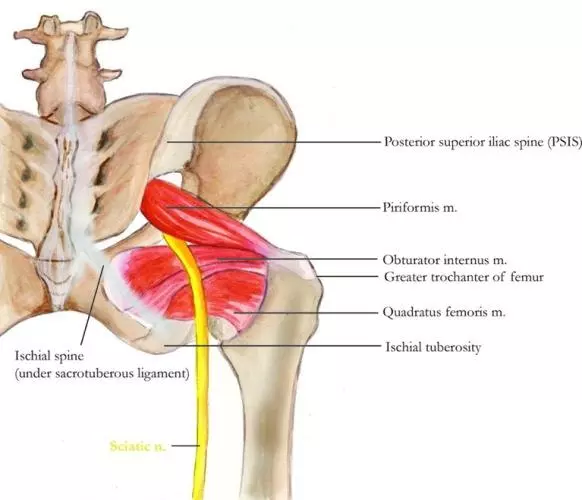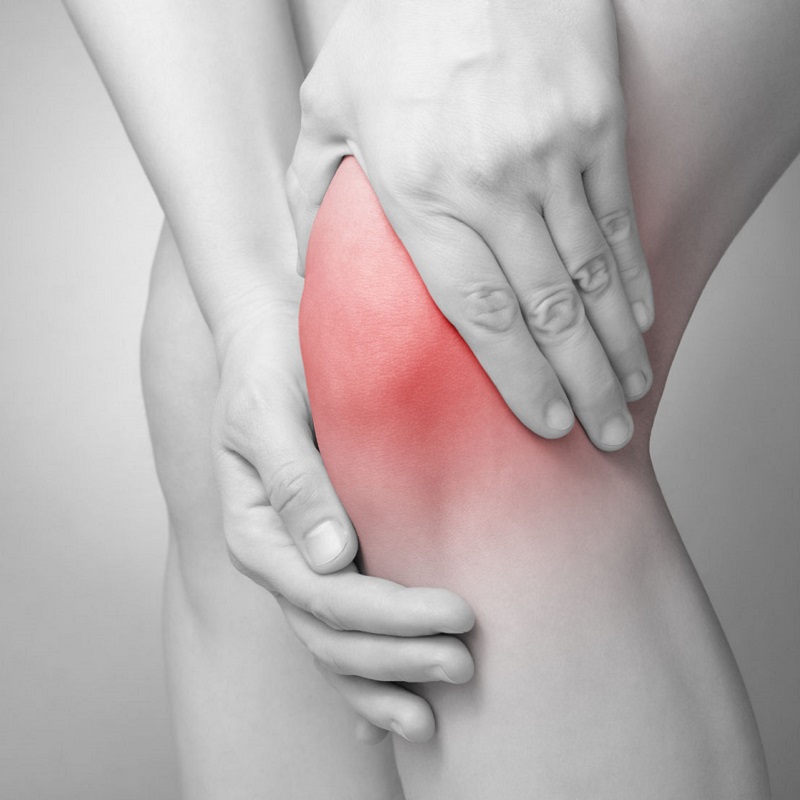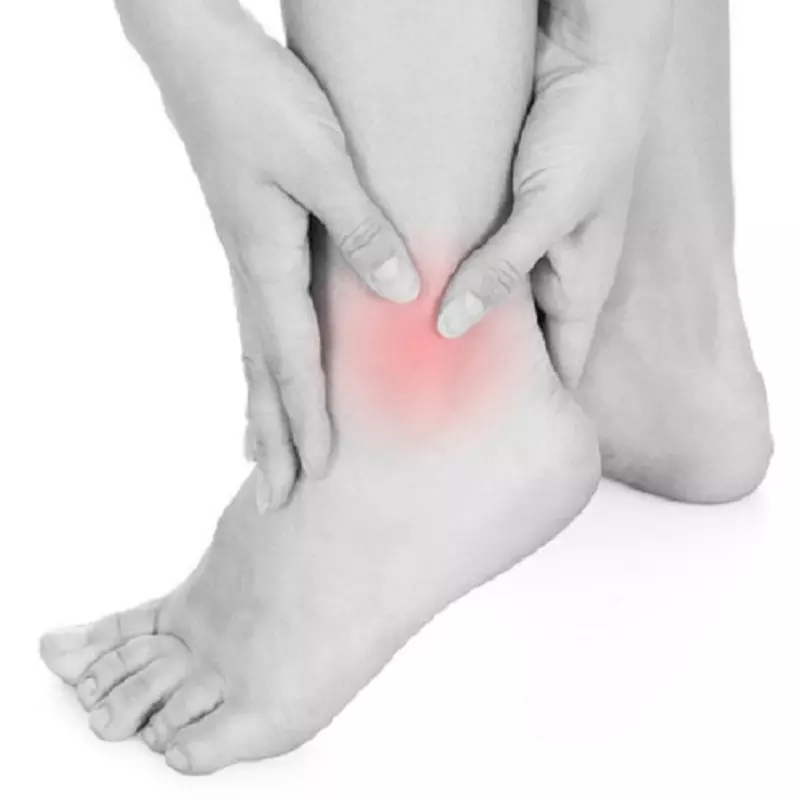Sciatica should only be regarded as symptoms, not as a disease. Various reasons can cause sciatica, including piriformis syndrome, disc herniation, stenosis, etc.


Sciatic Nerve Basic Anatomy
Sciatic nerve is formed from L4 to S3 nerve root. The symptoms may originated from any lesions of one or more than one nerve roots. Symptoms of sciatica may arise from any irritation at either site, including the nerve root, sacral plexus, nerve trunk, or its peripheral nerve branches. As the sciatic nerve is reponsible for both sensation and muscle control of leg, symptoms of sciatica variate from leg pain, cramping, sensation abnormality or muscles weakness. And therefore, details of symptoms, physical examination and diagnostic imaging would also be considered for making diagnosis of sciatica, understanding source of compression and making valid prognosis.
Sciatica Symptoms
- Stretching or dull pain along the outer side of buttock and leg, or even down to ankle region
- Numbness, pins and needles, or burning feeling
- Leg muscles weakness, or muscle wasting
- Frequent cramping of calf muscle
- diminished reflex response

Sciatica Main Sources
- Protruded Inter-vertebral Disc
- Spinal stenosis
- Inter-vertebral joint degeneration
- Ligament Hypertrophy (eg. Ligamentum Flava)
- Spinal displacement (eg. Spondylolisthesis)
- Piriformis syndrome
- Sacroiliac joint dysfunction
Protruded Inter-vertebral Disc
This is a medical condition affecting spine in which the outer part of the disc protrudes or herniates into the spinal canal, causing inflammation or compressing on nerve. If the disc compresses the cauda equina, it will result in cauda equina syndrome which is a emergency conditions and needs hospitalisation treatment.
Spinal Stenosis
Spinal stenosis is a conditions that occurs when the narrow spinal canal being compressed for its nerve root and spinal cord, resulting in several neurological symptoms. Sources of compression include facet joint degeneration, ligament thickening (Ligamentum Flava)
How Traditional Chinese and Physiotherapy Help?
 Manual Therapy
Manual TherapyRelease muscle tightness, correct joint alignment and improve range of motion.
 Exercise Therapy
Exercise TherapyCore muscle training, in order to improve Lumbo-pelvic stability.
Research Study
1)The systemic review found acupuncture was one of the treatment modalities gained statistically significant improvement in overall recovery in sciatica patients, and they suggest spinal manipulation, acupuncture may be considered in treating sciatica.
RA, L., NH, W., AJ, S., & et la. (2015). Comparative clinical effectiveness of management strategies for sciatica: systematic review and network meta-analyses. [Abstract]. The spine journal: official journal of the North American Spine Society, 15(6), 1461-1477. doi:10.1016/j.spinee.2013.08.049. (Read)
Liu, S., Wang, Z., Su, Y., Qi, L., Yang, W., Fu, M., Jing, X., Wang, Y., & Ma, Q. (2021). A neuroanatomical basis for electroacupuncture to drive the vagal–adrenal axis. Nature, 598(7882), 641–645. https://doi.org/10.1038/s41586-021-04001-4













